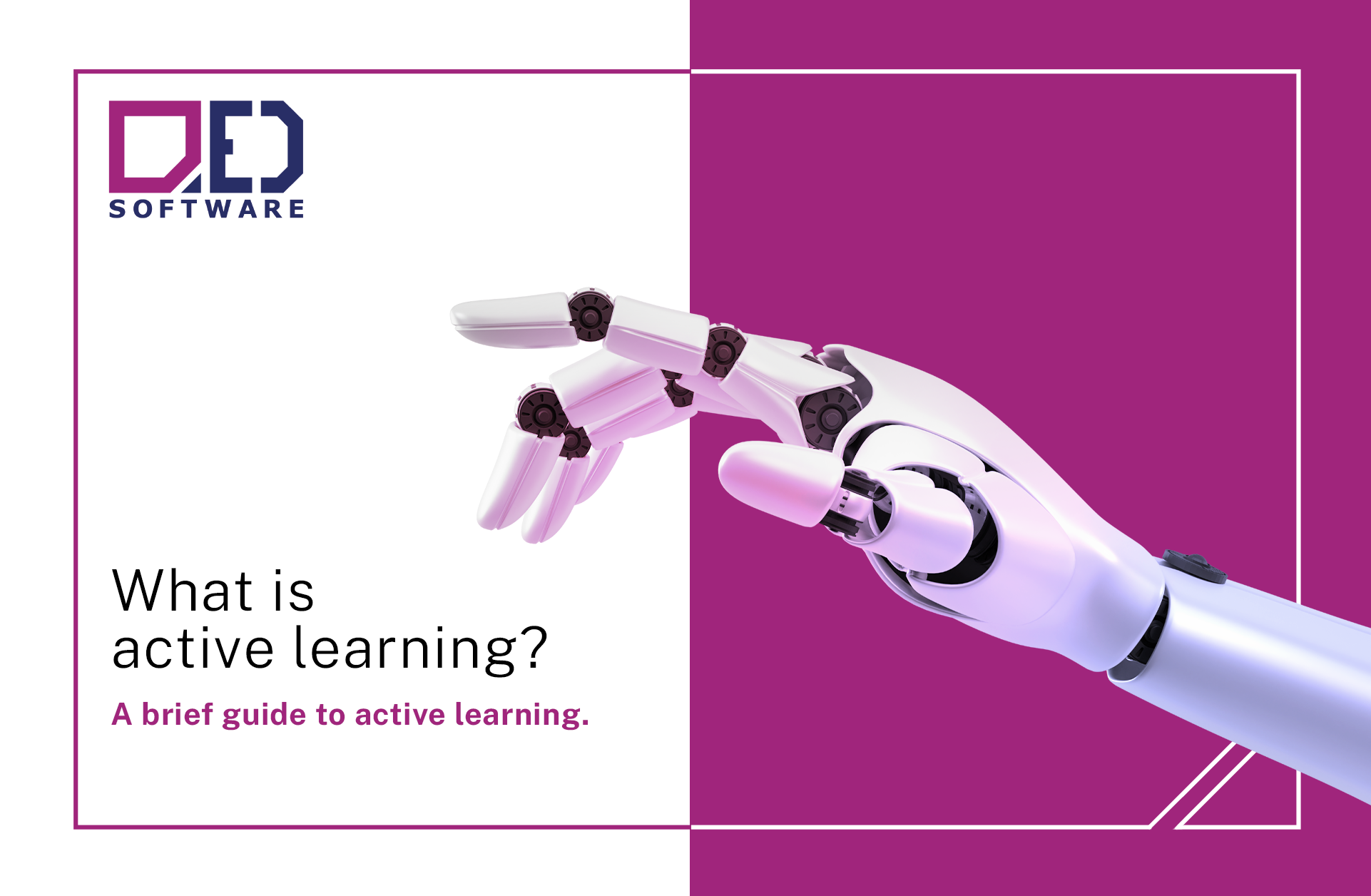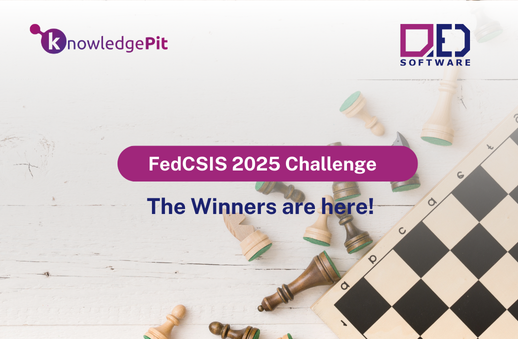Do you know what the effectiveness of machine learning depends on? One of the most important elements of this process is a proper set of training data. The problem is that collecting high-quality data is costly, which often leads to incomplete datasets. How can we deal with this? The answer lies in active learning methods, which allow machine learning algorithms to achieve higher accuracy despite having less training data. Let’s explore what active learning is exactly and what benefits it offers.
What is active learning and how does it work?
Active learning is a special type of machine learning. At the core of this process is the assumption that a machine learning algorithm can achieve higher accuracy with a smaller training dataset if it can choose which data to learn from. The selection of the best datasets is made possible through an informativeness measure. This measure allows for assessing the degree of informativeness or usefulness of resources. The resources that have been assigned a high informativeness value are then chosen as candidates for labeling by an expert.
In practice, artificial intelligence algorithms interactively send queries to a user (or another source) during the learning process to acquire desired information about the selected data.
As a result, the machine learning process becomes effective despite the minimal effort in labeling data.
Methods and applications of active learning
Within active learning, algorithms employ three fundamental methods:
- Stream-based selective sampling: In this method, the algorithm evaluates selected data one by one. Every time the algorithm correctly identifies the data, it requests a label for it. Consequently, this method requires significant human involvement in the learning process.
- Pool-based sampling: In this approach, the entire dataset or a selected portion of it is initially evaluated to determine if certain data will be useful for model development. This approach is more efficient than the previous one but requires access to significant computational power and memory.
- Membership query synthesis: In this method, the algorithm generates its own hypothetical data. Therefore, this method is only used in specific scenarios where the generation of reliable data is possible.
The active learning process can be applied in virtually all fields of artificial intelligence. Computer vision, for example, is an area where active learning proves beneficial due to the vast amount of unlabeled data available on the internet.
Benefits of active learning
Active learning assumes that not all available data is equally important for the learning algorithm. At the same time, manually selecting such data is time-consuming, costly, and impractical. On the other hand, random selection of data for learning can result in a low-quality model. Active learning effectively addresses these problems.
By autonomously choosing the data from which it learns best, the algorithm speeds up the learning process, improves the quality of certain models based on NLP or computer vision, and reduces the costs associated with data labeling. This allows for more efficient utilization of machine learning in various fields.
Summary
Research on active learning focuses on enabling algorithms to learn from a smaller number of labeled training data while maintaining high prediction quality. Ultimately, the performance of model learning should be comparable to or even surpass the capabilities of traditional supervised learning.
However, it’s worth noting that active learning is not a universal solution and requires a proper understanding of the problem as well as the appropriate choice of informativeness measures. A well-thought-out approach to designing active learning strategies is crucial for achieving optimal results.



